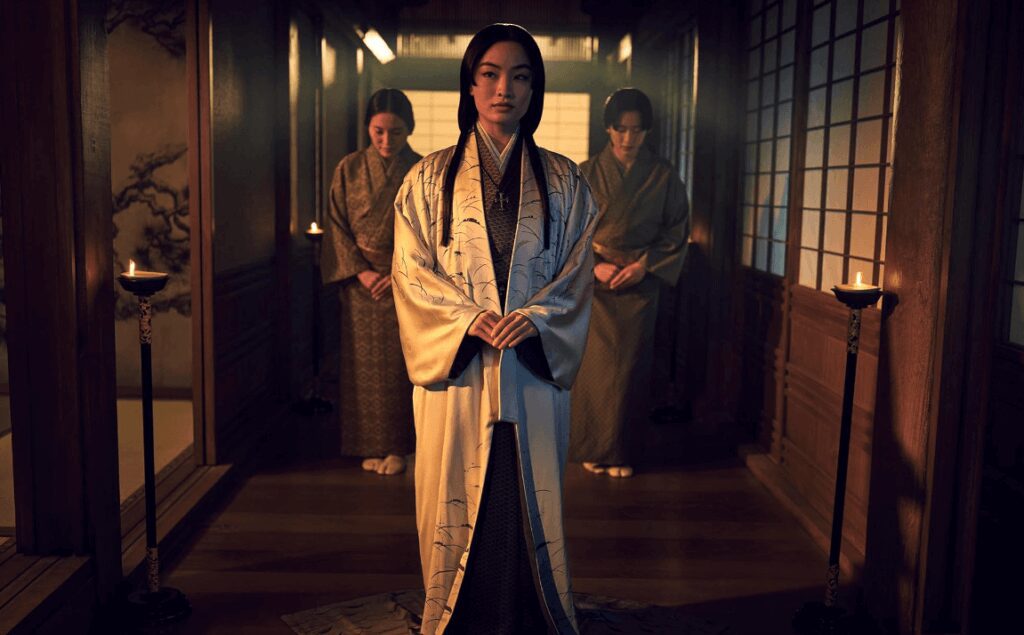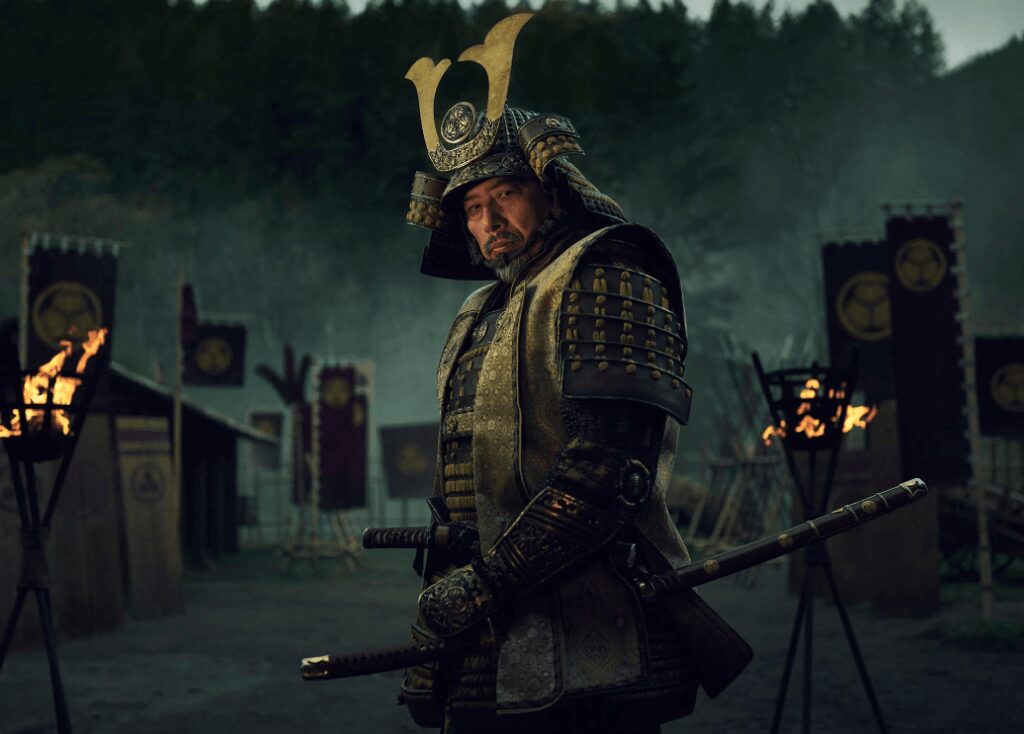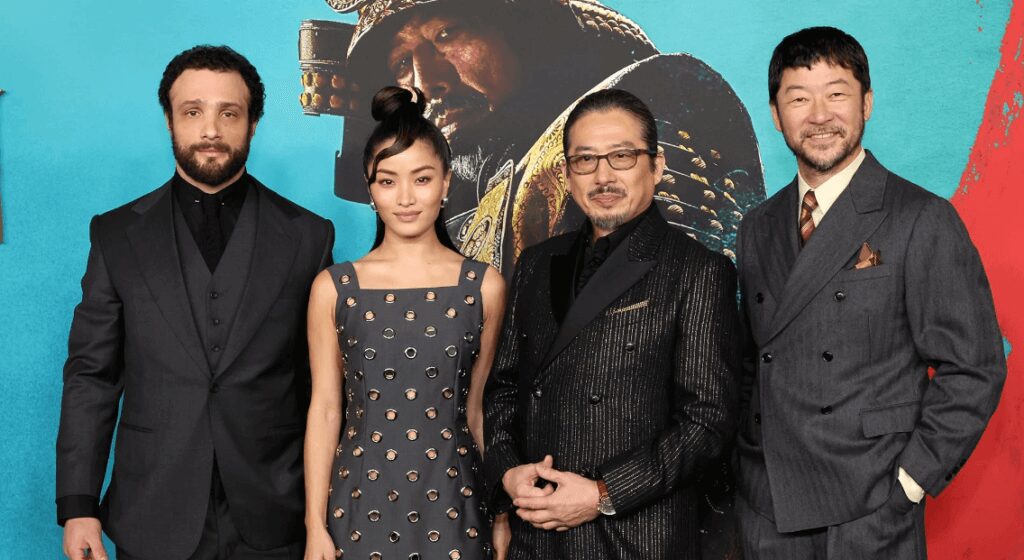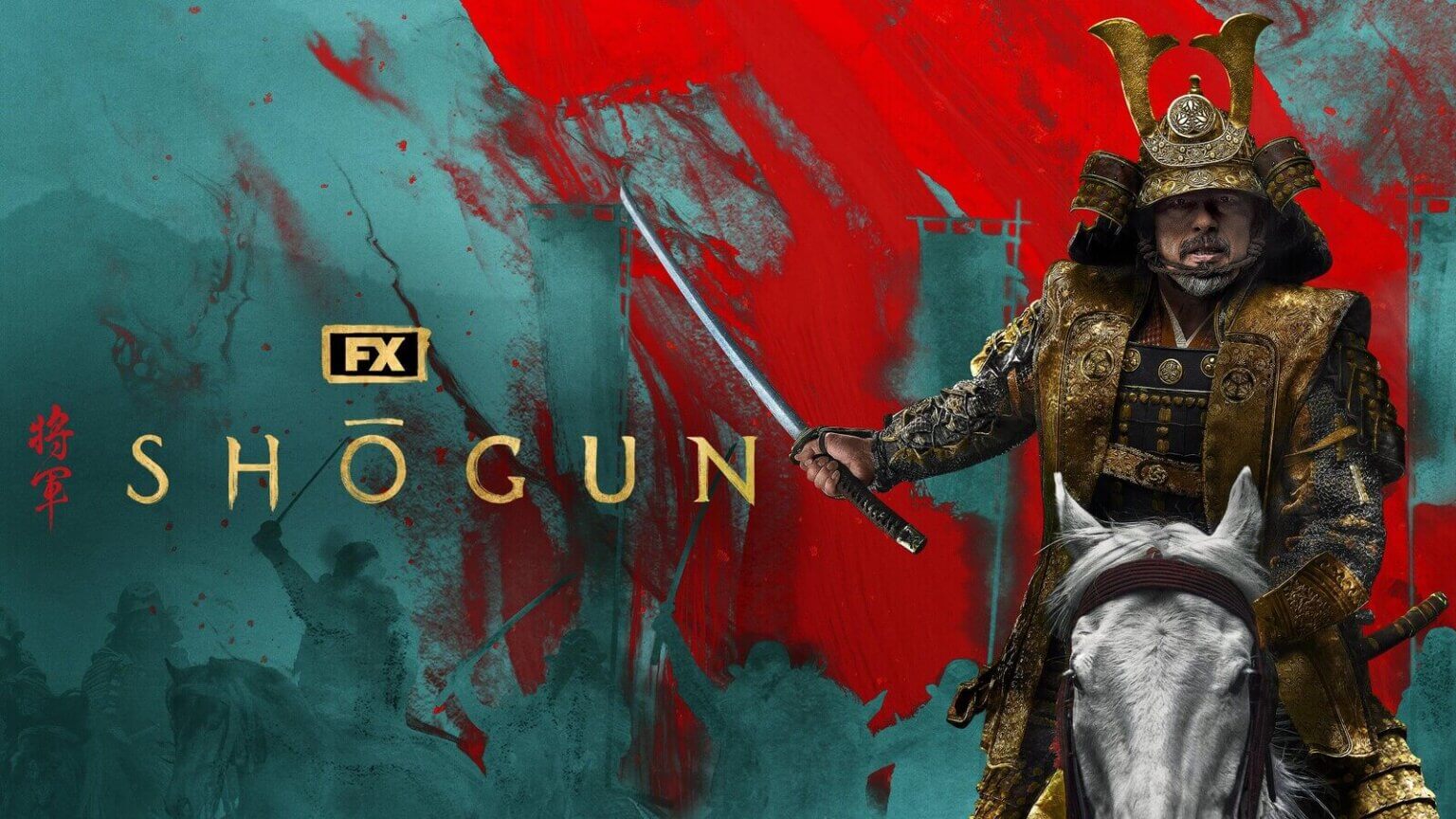Historian Adam Clulow eagerly looks forward to the new Shogun series. The first Shogun was an unprecedented phenomenon, consisting of more than 1,200 pages and around 400,000 words. A shockingly successful creation, it stayed on top of the best-seller list for more than half a year, with sales numbering in the millions.
The 1975 novel set forth a fictionalized account of a true event – the arrival of a British pilot, William Adams, to Japan in 1600. Clavell reimagined this scenario, placing his protagonist, John Blackthorne, who was Adams’ fictional counterpart, at the center of Japan’s stormy domestic politics in the time leading up to the decisive Battle of Sekigahara, which brought more than a century of turbulent warfare to an end.
Critics in the field of history considered Shogun a work full of errors and national stereotypes. However, proponents such as Henry Smith praised the book, claiming it conveyed more about Japan and its culture to a wider audience than any combined writings of academics, journalists, and authors since the Pacific War.
Five years after its first publication and a hefty expense, Shogun graced television screens in a miniseries format. It was a grand success, attracting a crowd exceeding 120 million. That said, some fans lamented how the series portrayed Japan as an alien and incomprehensible nation.
The looming launch of FX’s adaptation brings up a pivotal question; what version of Shogun will come to the screen? All signs indicate a departure from the 1980 version and a return to what defined the book.

The backstory of Shogun is as fascinating as the narrative itself. Captured by Japanese forces in 1942, Clavell, who was serving as a young officer in the Royal Artillery, was held in Changi, a notorious Japanese prisoner-of-war camp in Singapore. This unjust imprisonment shaped Clavell’s life profoundly. It also served as source material for his first novel, King Rat.
Despite years of captivity, Clavell held no resentment towards Japan, instead harboring deep admiration for the country and its people. This sentiment was captured in Shogun, which he described as a hearteningly pro-Japanese book.
His narrative presented two interacting stories. The first, ‘The Pilot,’ tells of a European man, Blackthorne, who became a true warrior whilst falling in love with a Japanese woman, Mariko Toda. The second, ‘The Shogun,’ provides an exploration of Yoshii Toranaga’s journey to power, showing how the future shogun outmaneuvered opponents and reluctant allies to seize control.

With the imminent premiere of the FX series, fans look to get a clearer picture of what to expect. Preliminary indications suggest that the series might return to Clavell’s initial vision and restore the prominence of ‘The Shogun’ storyline in Shogun.
Adam Clulow is a historian specializing in the 17th-century encounter between Europe and Japan. He has authored ‘The Company and the Shogun: The Dutch Encounter with Tokugawa Japan’ and ‘Amboina 1623: Conspiracy and Fear on the Edge of Empire.’
Clulow’s expertise led him to ponder the significance of Shogun’s resurgence. He firmly believes that this series represents more than just a time-tested narrative coming to life on screen. It’s a doorway for contemporary audiences to delve into the intricate history of European-Japanese interactions in the 17th century, a period marked by first contacts that have since shaped the course of global history.
One can’t overlook the rich tapestry of characters and historical events Shogun brings to the forefront. From the intricate politics of the Tokugawa shogunate to the cultural exchange between the European protagonist and the Japanese society he finds himself in, the series offered, and continues to offer, a unique lens through which to view the clash and meld of civilizations.

The reimagining of Shogun could, in Clulow’s view, provide an updated perspective that pays homage to the complexity of Japan’s history and culture while avoiding the pitfalls of orientalism and simplification that have sometimes marred Western portrayals of Japan. The shift towards a more nuanced and respectful depiction could foster a deeper understanding and appreciation among viewers new to the story and those revisiting it.
Furthermore, Clulow sees the potential for the Shogun series to spark interest in the period it depicts, encouraging audiences to explore further the historical realities that inspired the narrative. This could lead to a resurgence in scholarly and popular engagement with the era, offering new interpretations and discoveries that enrich our understanding of the past.
In anticipation of the FX series, there is hope that it will not only capture the essence of Clavell’s original work but also reflect the advancements in our understanding of the period since the novel’s publication. The adaptation has the opportunity to weave together action, drama, and historical insight, presenting a version of Shogun that resonates with today’s audiences while honoring the depth and diversity of Japanese history.

As the release date approaches, historians like Clulow and fans of the novel alike wait with bated breath, eager to see how the timeless tale of ambition, love, and cultural collision is translated for a new generation. The potential for the Shogun series to shed light on a pivotal moment in history, engage with serious themes, and tell a compelling story makes it a highly anticipated event in the world of television and beyond.
In essence, the return of Shogun represents not just a revival of a beloved story but a chance to engage with history in a way that is accessible, compelling, and thought-provoking. For Clulow and many others, this is an opportunity to witness how a tale rooted in the past can speak to our present and perhaps offer insights into our collective future.
Stream thousands of shows and movies, with plans starting at $7.99/month. sart you free trial

